Herbal Equine Management for Spring
The risk of Laminitis in ponies & EMS equines is real, good management is key together with herbal protocols
Expectant broodmares – help them make foaling easier and prevent mastitis and foal scours with herbal protocols
Laminitis
Ponies are particularly susceptible especially if they are already overweight before Spring arrives with the green grass. Horses & ponies with Equine Metabolic Syndrome are also candidates for Laminitis in Spring.
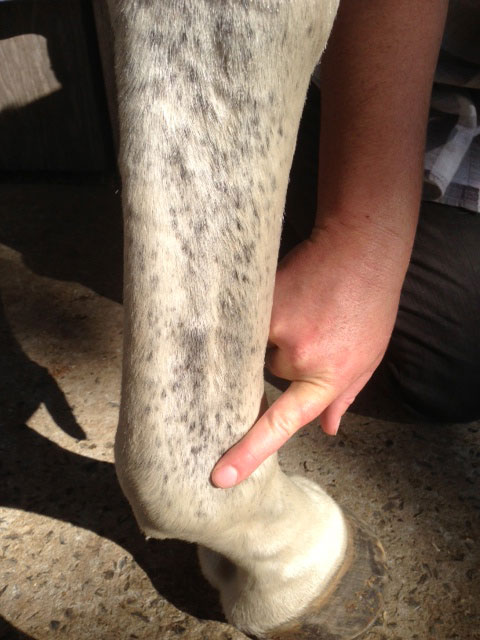
Laminitis is a potentially life threatening illness, which results in inflammation of the sensitive laminae of the hoof resulting in extreme pain and reluctance to move, and frequently accompanied by rocking backwards away from the front feet in an effort to relieve the weight on them. There is usually, but not always, heat in the feet. The pulse in the digital arteries in the front hooves will definitely be present.
The great risk is that it will progress to founder, when the pedal bone rotates or sinks and can penetrate the sole of the foot, which will usually necessitate putting the horse or pony down.
The usual treatment is to lock the unfortunate patient up with inappropriate feed, and give Bute.
Whilst limiting access to spring grass and feeding a high roughage diet is essential, herbal protocols are the natural choice.
Bute should be replaced with a herbal formula including Devil’s Claw which is just as effective as Bute but without the side effects such as gut ulceration.
Walkenny Park’s Anti-Inflam formula is ideal to use in place of Bute, as an emergency response. It is a liquid blend of Devil’s Claw, Meadowsweet, Rosehips, Carob and Yucca in a honey elixir, which is administered orally for fast absorption.
For ongoing treatment Walkenny Park’s Founder Care formula has a great success rate and is a blend of dried & powdered herbs of Celery seeds, Comfrey leaf, Devils Claw root, Hawthorn berries, Nettles leaf, Rosemary, Rosehips & White Willow.
This is very palatable and is mixed into a base of chaff, and ideally dampened down with Apple Cider Vinegar diluted in water.
This formula relieves pain and inflammation and promotes circulation in the dense capillary beds in the coronary band of the hoof, treating causes as well as the symptoms, with a quicker recovery rate.
Basic nutrition is required for a horse or pony recovering from laminitis, and the easiest way to cover this, is to add Walkenny Park Equi-Vital to the chaff mix. It is a 100% nutrient rich all natural feed supplement blended with freshly crushed White French Millet, Raw Wheat Germ, Australian Seaweed Meal, Brewer’s Yeast and Rosehips, which supports the body’s natural healing process.
Management
Correct management is an integral part of recovery. If possible accommodate the patient on deep sand (at least 10 cm) which is kept wet and cool, which means the sand and the horse must be under shelter to protect them from the sun especially in the summer. Do not place the horse in hot sand, as this would greatly aggravate the condition. Standing the horse in the sand supports the pedal bone and helps to take out the inflammation. If it is not possible to keep the patient on cool, wet sand, make sure it is kept on some kind of soft bedding such as shavings which will pack up into the hoof.
Walking the patient in hand on soft ground for a short period of time once or twice a day may be indicated, depending on the case.
A useful management procedure is to put the patient in a large yard or small paddock and place a hay/straw trail around the perimeter, so it has to walk gently to forage. This is especially applicable in recovery phases.
Broodmares and Foals

Raspberry Leaf
What’s so good about it? For broodmares, it is absolutely essential to include in their diet at crucial times in their reproductive cycle. It is the highest plant source of Folic Acid, which is of major importance in normal development of the foetus, for humans too, we are all mammals after all!
It is the supreme female reproductive herb – it aids conception, strengthens & tones the endometrium, assists contractions during foaling, encourages quick and complete expulsion of the afterbirth, checks haemorrhage during labour, tones uterine muscles and prevents abortion, especially in cases where cause it not obvious.
A double handful of the dried raspberry leaf should be added to the feed daily commencing at least one month prior to joining and continuing until one to two months pregnant. Then restarting one to two months prior to foaling continuing until the foal is 2 weeks old, if mare is to be rejoined on the first true heat (not foal heat) continue again until she is one or two months pregnant.
Foal Scours & Mastitis
A good way to prevent foal scours which often occur at the mare’s foal heat, is to include Garlic in the feed for the last few weeks of pregnancy. This will also assist in preventing mastitis.
For the purists raw organic Garlic is the only way to go, but for a lot of horse carers that is just not possible, so Organic Dried Garlic is the next best choice, dosage rate is around 30 grams per day. Surprisingly most horses like Garlic but some don’t, just like people. These can probably be tempted by Garlic Syrup which is made by infusing raw Garlic into raw Honey for a week or more.
Both Raspberry and Garlic are helpful in preventing and treating Placentitis, but this is a condition where a herbal combination is needed for best results, so it is recommended that horse carers wanting to achieve this should have a Consultation with Denise Farrugia of Walkenny Park Herbs who can tailor the best prescription for the mare or mares who require this help.
© Victoria Ferguson Dip.Herb.Med.
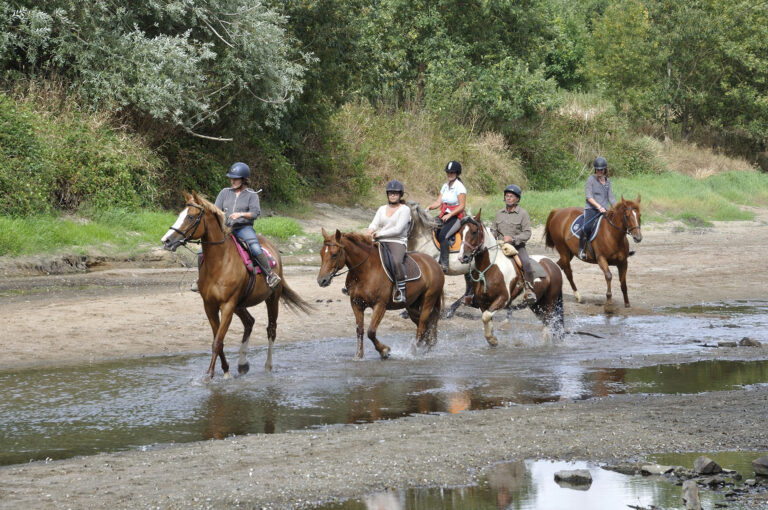
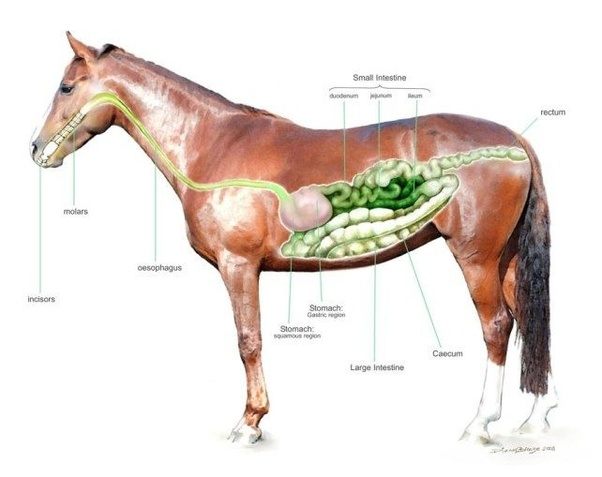
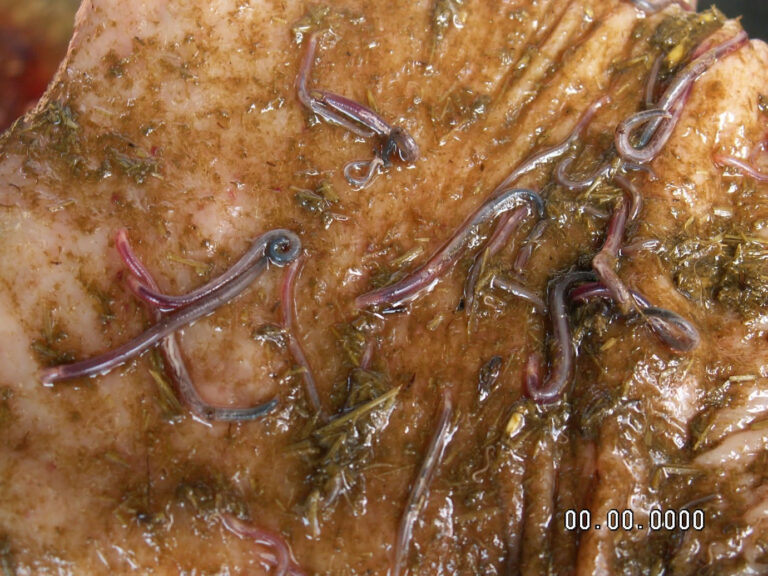
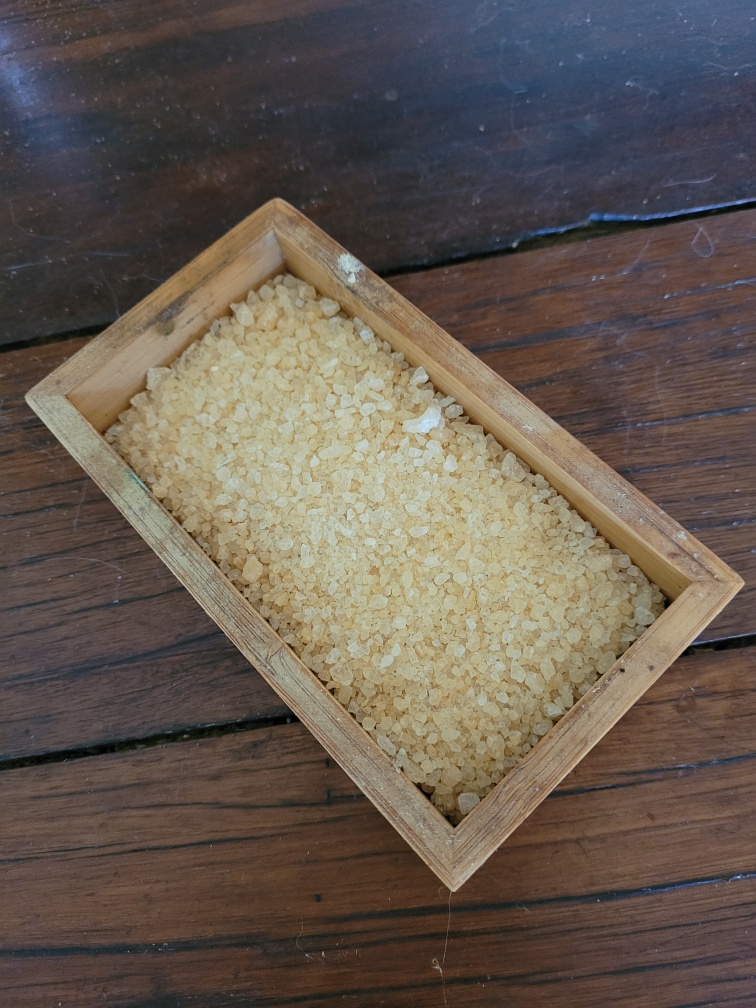
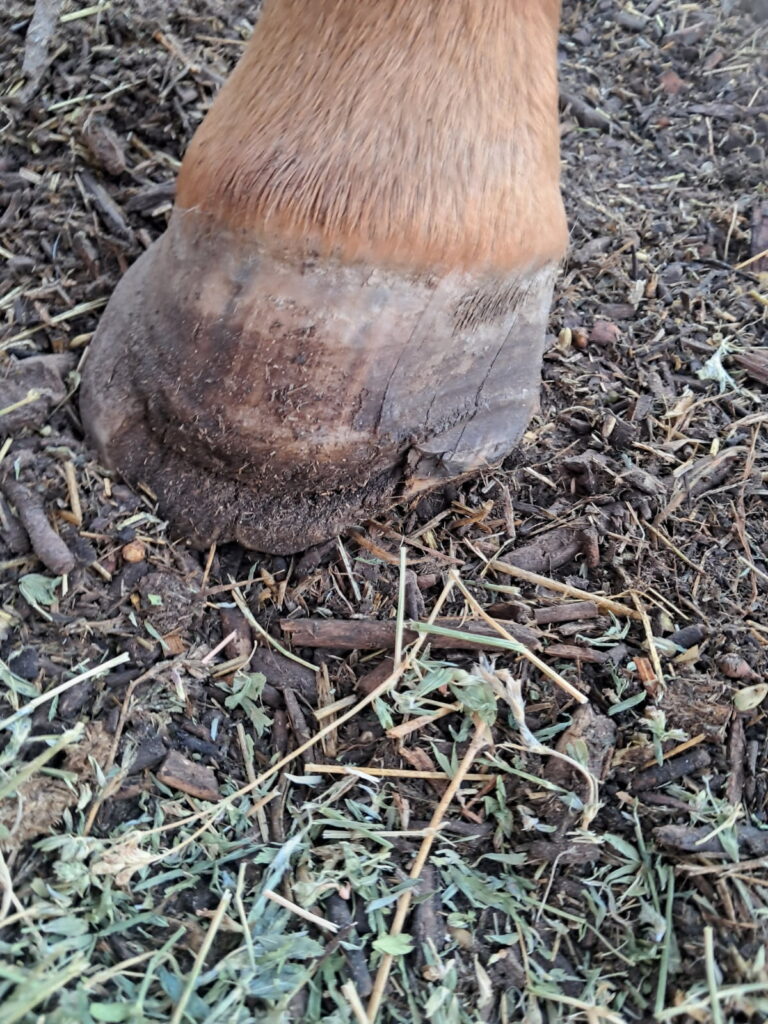
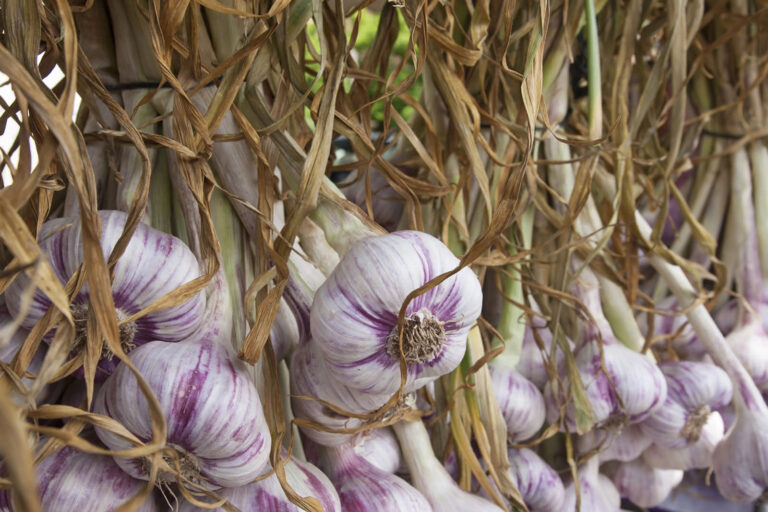








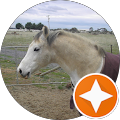

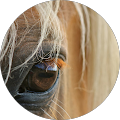
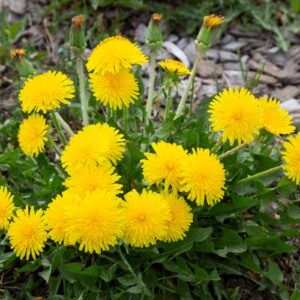 Dandelion Leaves
Dandelion Leaves